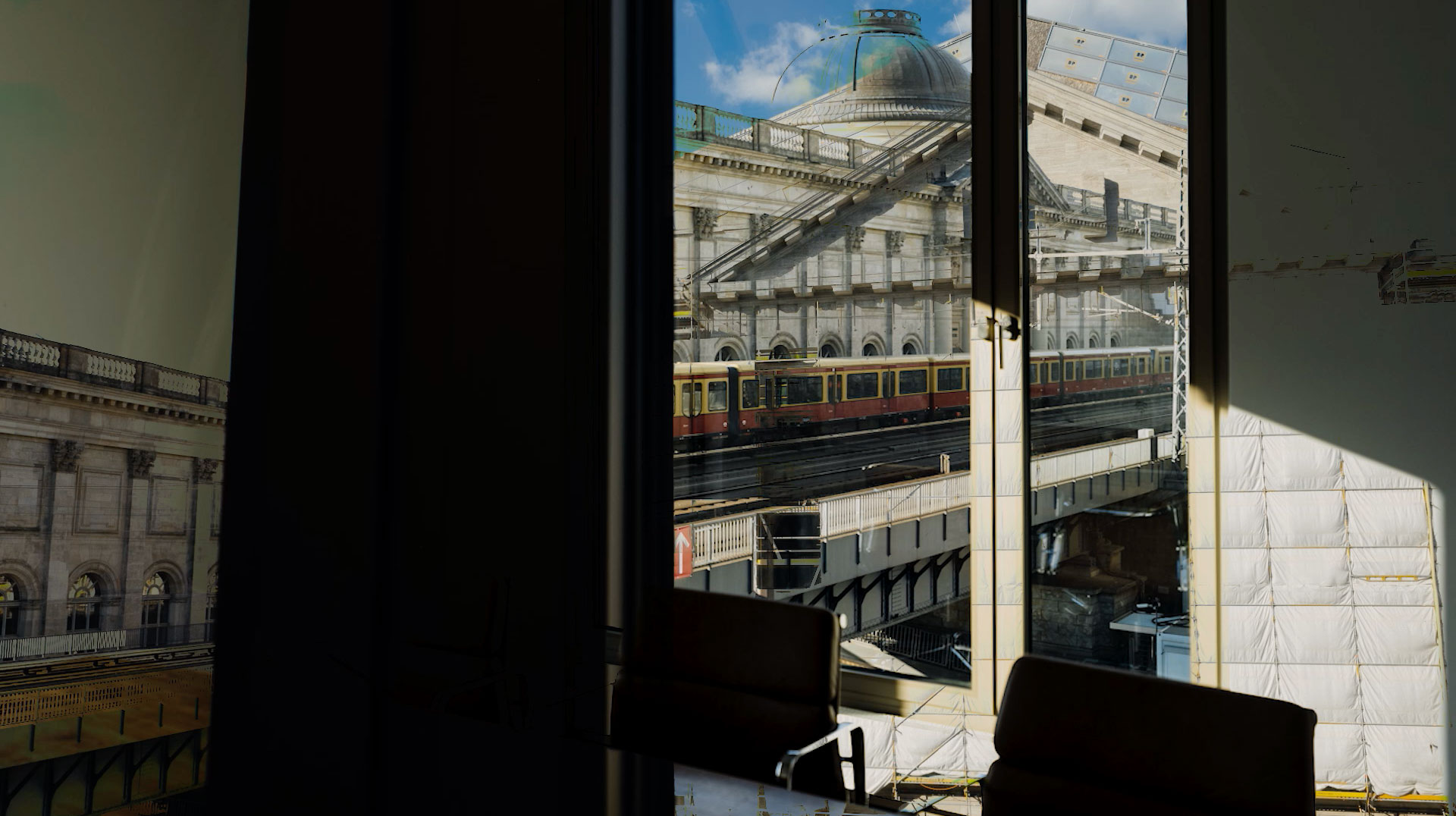The global art market has been impacted by Brexit, the United Kingdom's withdrawal from the European Union (EU) in January 2020.
While the reduced VAT rate applicable within the EU stimulates the European art market, five years after Brexit, significant effects on the international and European art trade, as well as new British perspectives, are becoming apparent.
Art Trade between the United Kingdom and the EU
The art market has changed noticeably since the United Kingdom's departure from the European single market and customs union.
Within the EU single market, the art trade benefits from the free movement of goods and the fact that works of art can circulate between member states without customs duties or other charges. The withdrawal led to more complex regulations for the art trade between the EU and the United Kingdom.
Gallery owner Thaddaeus Ropac commented shortly after Brexit: „It has already become considerably more difficult for galleries to move art." Ropac opened a seventh branch of the world-renowned Thaddaeus Ropac Gallery in Italy in September 2025.
The art market within the EU is harmonized by EU regulations, which constitute indirect cultural promotion. With regard to the value-added tax (VAT) levied on works of art, EU Directive 2022/542 led to an alignment aimed at achieving largely uniform tax rates in the EU member states and thus creating fair competition in the art market within the EU.
Uniform regulations no longer apply to all cross-border transactions, including those involving art. The United Kingdom has its own customs regulations, VAT rules, and import and export requirements for transactions with the EU.
Influences of tax regulations on the art market
When importing works of art into the EU, member states levy their respective import VAT. For final imports of works of art into the United Kingdom from the EU, the British import VAT of 5% is payable on original paintings and drawings, limited edition prints, and limited edition sculptures.
These new regulations not only make the circulation of works of art more expensive for those involved in the art market, but also make conducting cross-border transactions with art significantly more complex and cumbersome.
For example, collaboration between art museums regarding loans with British institutions is now significantly more difficult. According to the Art Market Report by Art Basel and UBS, imports and exports of art decreased by approximately 16% between 2022 and 2023.
Other strategies, such as the VAT Margins Scheme, also represent new coping strategies for this development in tax law.
No import VAT on temporary imports
In March 2025, the British Treasury extended the period during which art and antiques can enter the United Kingdom free of import duties. This means for the international art market that no import VAT is levied on artworks, provided they are re-exported within four years.
This means for the international art market that no import VAT will be charged on works of art, provided they are re-exported within four years. This regulation gives the United Kingdom a better competitive position with regard to the international art trade. Competitors, particularly New York and Hong Kong, currently do not levy import taxes on art or antiques.
It is intended in particular to reduce the pressure on dealers to sell works of art within two years and to give them the flexibility to wait for better market conditions and offers. British Minister for Media, Culture and Sport Chris Bryant said: "We promised to take measures to help the British art market, and that is exactly what we are doing.“
It should be noted that upon re-importation into the EU, the respective import VAT of the Member State will be levied.
Impact of customs regulations on the art market
With regard to customs regulations, the players in the art market, such as auction houses, collectors, and gallery owners, have faced additional logistical challenges. They can no longer benefit from the common customs union, which guarantees the cooperation of all customs authorities, the application of the same customs tariffs for international trade, and the elimination of customs duties within the EU.
While original works of art are generally exempt from customs duties, customs duties may apply, for example, to reproductions of works of art.
The art market is facing logistical difficulties. Since Brexit, there have been long waiting times at ports due to customs queues, and insurance companies, for example, have increased their costs due to new security requirements for the transport of art.
Furthermore, British customs classifications must now be observed, and detailed declarations must be submitted for the cross-border import and export of works of art.
This is also the experience of Chiara Tiberio, director of the Italian gallery P420 from Bologna: „After Brexit, participating in art fairs in the UK has become more complicated from a logistical point of view and in terms of transport and customs fees. This leads to longer lead times and higher costs, as both European and British freight forwarders and customs offices have to be involved.“
At the Artissima Turin art fair last year, for example, one gallery owner was unable to exhibit any artworks because they were held up in customs during transit. It is therefore advisable to plan well in advance when transferring works of art from the United Kingdom.
German Regulations on the Protection of Cultural Property
An important aspect of the European art market and art law is the protection of cultural property. Since Brexit, Germany has treated the United Kingdom as a third country with regard to the export of cultural goods.
This means, among other things, that a corresponding export license for cultural property is now required at lower age and value thresholds than those that apply to EU member states.
The import of cultural goods from the United Kingdom to Germany that do not originate in an EU member state is governed by the EU Import Regulation on the protection of the cultural heritage of countries of origin outside the European Union. Since then, a permit or declaration requirement applies to the import of cultural goods, which is not necessary in this form within the EU.
Therefore, regulations concerning the protection of cultural property must be checked before any transfer.
Is London's position as an art market hub weakening?
For the art market, these regulations signify a shift in the geographical focus of the European art market away from London as its central hub.
Following Brexit, a significant number of the key players and driving forces in the art trade relocated to other European capitals such as Paris, Amsterdam, and, after the reduction of VAT on works of art in Italy, to Milan, Rome, and Turin. Prominent art galleries like Esther Schipper, Mendes Wood, Hauser & Wirth, and Mariane Ibrahim also opened branches in Paris after Brexit, attracting collectors, artists, and art enthusiasts.
Before Brexit, banks and other financial service providers such as J.P. Morgan and Barclays were able to operate from London for the entire EU art market and, for example, serve private clients throughout Europe.
To maintain these capabilities after Brexit, they relocated operational parts of their teams to EU financial centers such as Dublin, Luxembourg, or France in order to sustain the volume of financial transactions, including those related to the art sector.
What impact has Brexit had on artists?
Artists in the mid-price range who resided in the United Kingdom and created and sold their art through galleries there have experienced a decline in sales. This is because some collectors decided against purchasing art in the UK, as they could no longer benefit from the financial advantages of the European Customs Union and the single market.
Rising art production costs and bureaucratic hurdles in obtaining residence permits for artist residencies and research stays are also drawing many artists to other European cities.
Outlook for the British art market
Despite Brexit, London remains an important international hub for the art market, particularly in the higher price segment.
The 2024 Art Market Report confirms that the UK art market remains the second largest worldwide, after the United States. The United Kingdom holds a larger international market share than all EU member states combined.
Following Brexit, the devaluation of the British pound boosted the British art market, generating more international art sales. Since international buyers could now purchase artworks in the UK at more favorable exchange rates, art purchases became more attractive for collectors outside of Europe.
The art market is also being driven by new international relationships. According to the British Council, for example, new creative industry connections are being established with the United Arab Emirates (More on the art cluster in the Gulf States).
Résumé
Since Brexit, the European art trade has been burdened by bureaucratic and financial constraints on cross-border transactions and the art trade with the United Kingdom. At the same time, it remains a significant international player in the art market, equipped with new perspectives and strategies.
„After Brexit, the art world is increasingly turning its attention to European art hubs in Paris and Milan, which benefit from EU regulations such as reduced VAT rates“ says dtb-lawyer and art law expert Pascal Decker.
Status 31.10.2025

